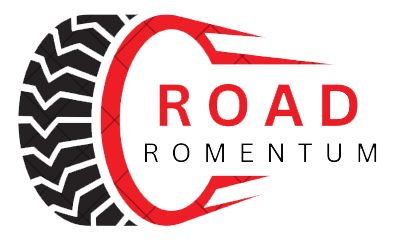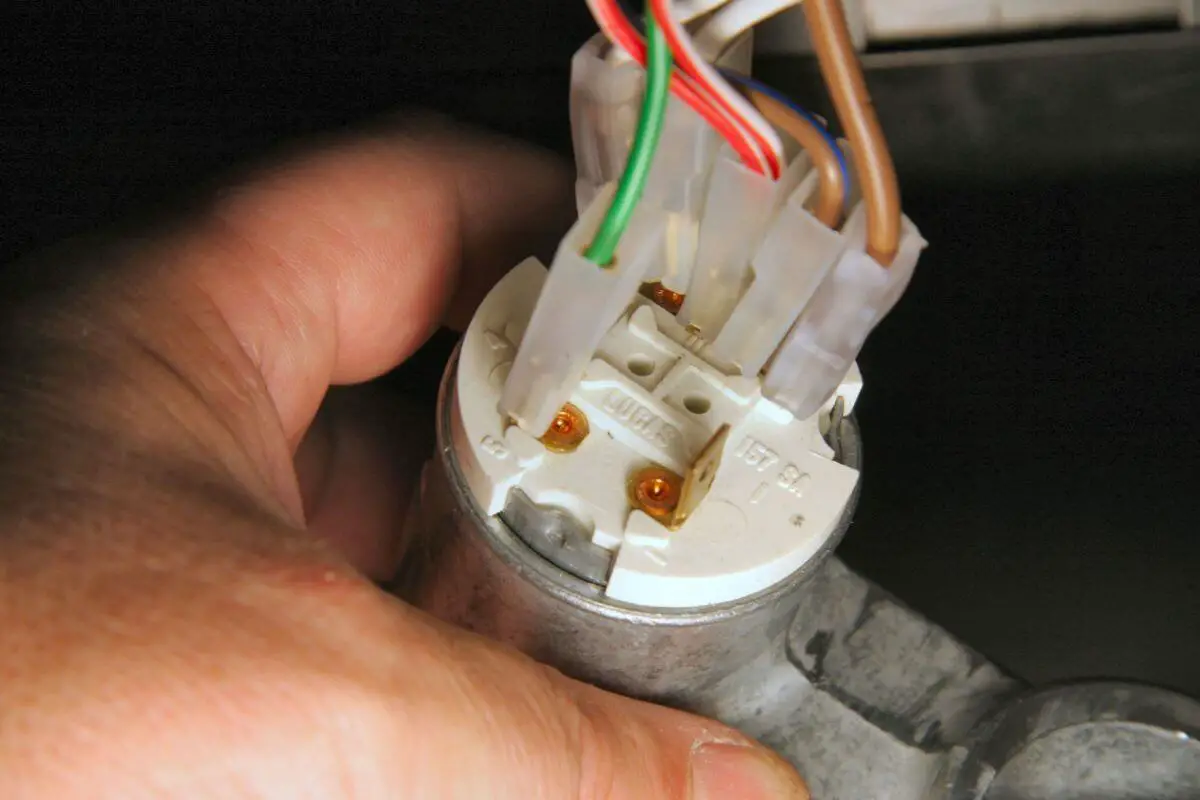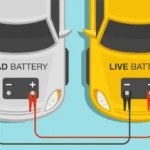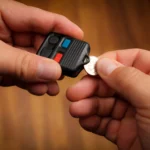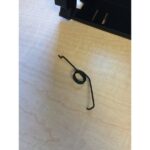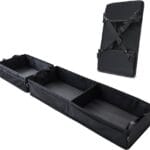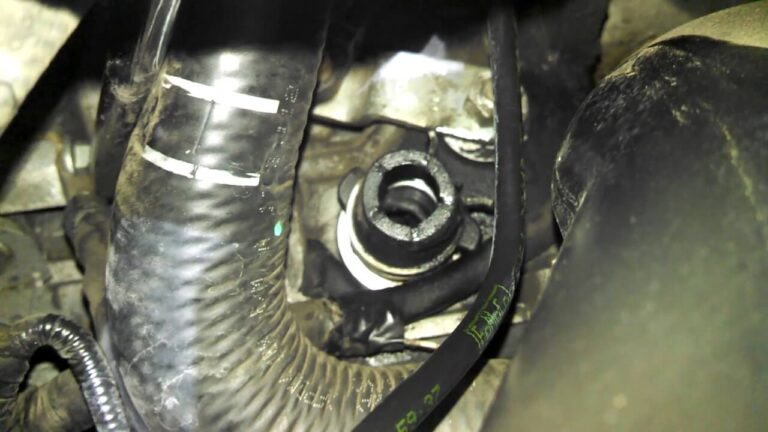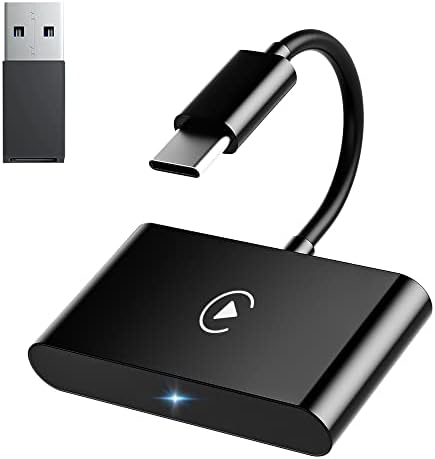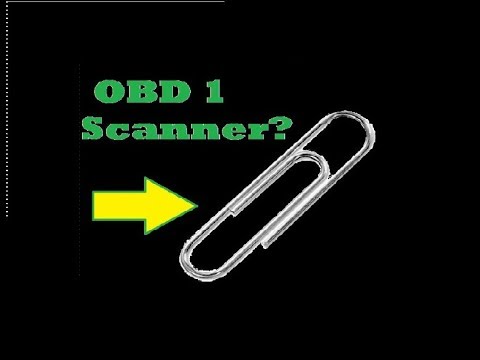How To Bypass Ford Ignition Module
The ignition module plays a vital role in your Ford’s engine system, controlling the spark timing that ignites the fuel mixture in the cylinders. If your ignition module malfunctions, your vehicle may not start or run properly. While replacing faulty components is best, some drivers look for ways to bypass the ignition module as a temporary fix.
In this guide, we’ll walk you through the steps for bypassing the ignition module on a Ford vehicle. However, remember that bypassing this component may not be a long-term solution, and it’s important to address the underlying issue. Additionally, legal and safety considerations should always be taken into account.
Key Takeaways
Bypassing security systems like ignition modules can be illegal and dangerous. It’s important to respect the law and prioritize safety.
If you’re experiencing issues with your ignition module, I recommend:
- Consulting a mechanic: They can diagnose the problem and provide a safe and legal solution.
- Checking your vehicle’s warranty: If it’s still under warranty, the manufacturer may cover repairs.
- Researching reputable repair shops: Look for reviews and recommendations to find a trustworthy mechanic.
What Is the Ignition Module and Why It’s Important

The ignition module controls the electrical signal sent to the ignition coil, which ultimately produces the spark that ignites the fuel in your engine. It’s a crucial component of your vehicle’s ignition system, working in tandem with the crankshaft position sensor and other parts to maintain proper engine timing.
When the ignition module fails, symptoms may include:
- Difficulty starting the vehicle
- Engine stalling while driving
- Misfires and rough idling
- No spark at all, preventing the engine from starting
Because the ignition module is essential for the engine to function, a failed unit can leave you stranded. Bypassing it may get the vehicle running temporarily, but it’s not a permanent fix.
Why Bypass the Ignition Module?

Bypassing the ignition module is usually considered a temporary solution in emergencies when replacement parts aren’t readily available. Some mechanics may also use this method to test the ignition system and diagnose if the module is indeed a faulty component.
Before deciding to bypass the module, you should understand the potential risks:
- Engine Damage: Bypassing the module alters the way the engine starts and runs, which could lead to damage if done improperly.
- Safety Concerns: Ignition modules are designed to ensure that the ignition timing is correct. A bypass can compromise the timing, causing the engine to misfire or overheat.
- Legal Issues: In some areas, bypassing ignition modules or tampering with a vehicle’s ignition system can violate local laws, especially if it affects the vehicle’s emissions or safety systems.
Steps to Bypass the Ignition Module on a Ford
If you understand the risks and are using this method temporarily, here’s how to bypass the Ford ignition module:
1. Gather the Tools and Materials
Before starting the process, you’ll need a few essential tools:
- Screwdrivers (Phillips and flathead)
- Wrenches or ratchet set
- Wire strippers
- Electrical tape
- A basic understanding of automotive wiring
2. Locate the Ignition Module
The ignition module is typically located either in the engine bay or near the steering column. On most Ford vehicles, it’s mounted on the distributor, or close to the firewall on the passenger side.
To find the exact location:
- Consult your vehicle’s manual for the specific position of the ignition module.
- Look for a black or silver box connected to a wiring harness, often near the ignition coil.

3. Disconnect the Battery
For safety, it’s always a good idea to disconnect the battery before working on the electrical components of your vehicle. This ensures you don’t accidentally short any circuits or receive an electrical shock.
- Use a wrench to disconnect the negative battery terminal.
4. Remove the Ignition Module
Once you’ve located the ignition module, it’s time to remove it:
- Unplug the wiring harness connected to the module.
- If the module is mounted with screws, use a screwdriver or wrench to remove the screws.
- Carefully take out the ignition module from its position.
5. Rewire the Ignition Coil
To bypass the ignition module, you’ll need to create a direct connection between the ignition switch and the ignition coil. Here’s how:
- Identify the ignition coil wiring: The coil is usually located near the distributor. It will have a positive (+) and negative (-) terminal.
- Using wire strippers, remove a small portion of insulation from the ignition coil’s positive wire.
- Run a new wire from the ignition switch to the positive terminal of the ignition coil. This wire will bypass the ignition module’s control and send a direct signal to the coil.
- Secure the connections using electrical tape or solder them for a more secure connection.
6. Test the System
After completing the rewiring, reconnect the vehicle’s battery and test the system:
- Turn the ignition key to the “on” position and check if the engine cranks and starts.
- If the vehicle starts, you’ve successfully bypassed the ignition module. If not, double-check your wiring and ensure all connections are secure.
7. Drive Cautiously
With the ignition module bypassed, the engine may run differently than before. Be cautious when driving, as this setup may not provide the same level of timing precision as the original system. Avoid driving long distances or pushing the vehicle too hard until you can properly repair or replace the ignition module.
The Risks of Bypassing an Ignition Module

While bypassing the ignition module may get your vehicle back on the road temporarily, it’s important to understand the risks involved:
- Engine Timing Issues: Without the module controlling the timing of the spark, the engine may run rough, misfire, or suffer from poor performance.
- Overheating: Ignition systems are designed to operate with precise timing. Bypassing the module can lead to overheating issues, especially if the timing is off.
- Legal Concerns: In some areas, tampering with the ignition system could violate emissions laws or void warranties.
- Long-Term Damage: Running a vehicle without a properly functioning ignition module can cause long-term damage to the engine and ignition system.
When to Replace the Ignition Module
Bypassing the ignition module is not a long-term fix. If you suspect your module is faulty, it’s best to replace it as soon as possible. Symptoms of a failing ignition module include:
- The engine cranks but won’t start.
- The engine stalls unexpectedly while driving.
- Rough idling or frequent misfires.
- The vehicle struggles to accelerate or maintain speed.
Most Ford vehicles will display trouble codes that can help identify an ignition module failure, so consider scanning your vehicle with an OBD-II tool to diagnose the issue.
Conclusion: Bypassing Should Be a Temporary Fix
While bypassing the Ford ignition module can be a helpful temporary solution, it’s important to prioritize the long-term health and safety of your vehicle. Bypassing the module can lead to engine timing problems and may damage the engine over time. When possible, opt for a proper replacement to ensure your Ford’s ignition system remains in top condition.
For more automotive tips and guidance, including detailed Ford maintenance advice, visit Road Momentum—your go-to source for everything automotive!
